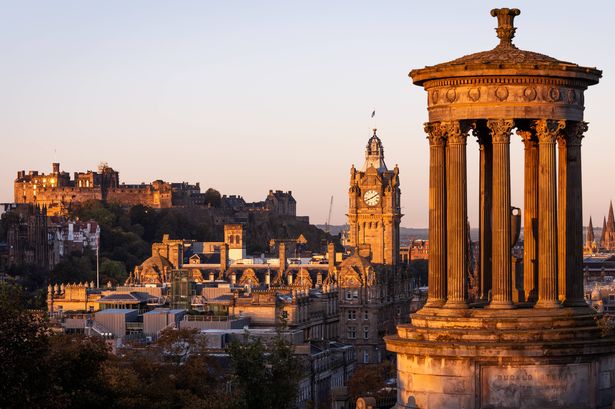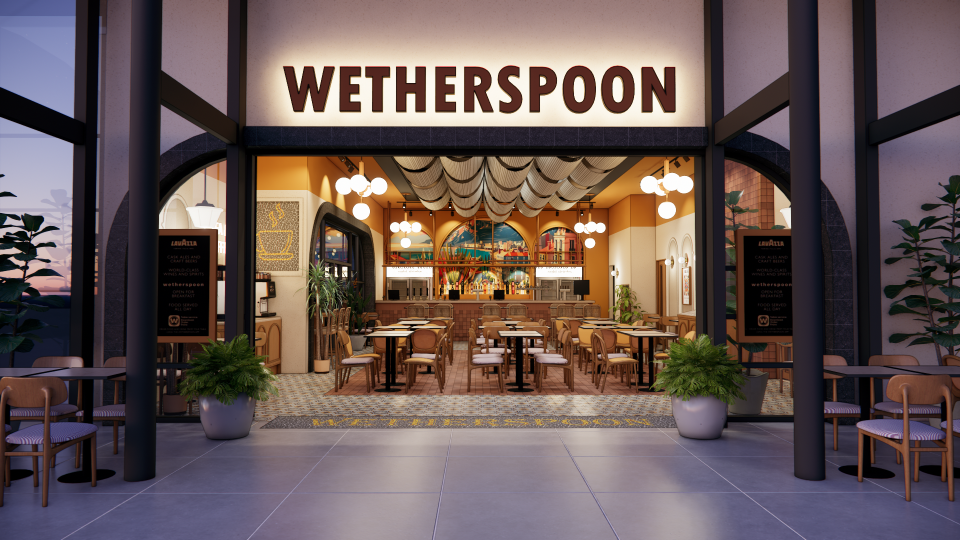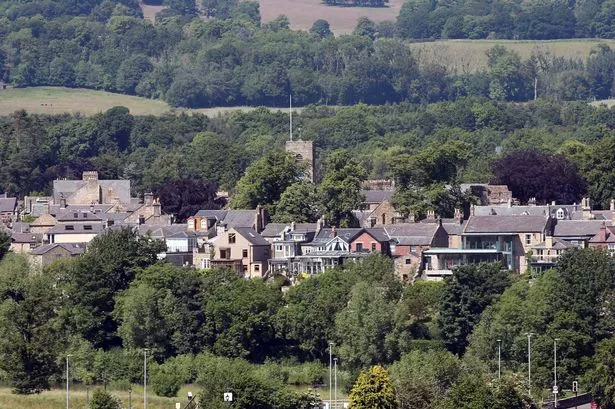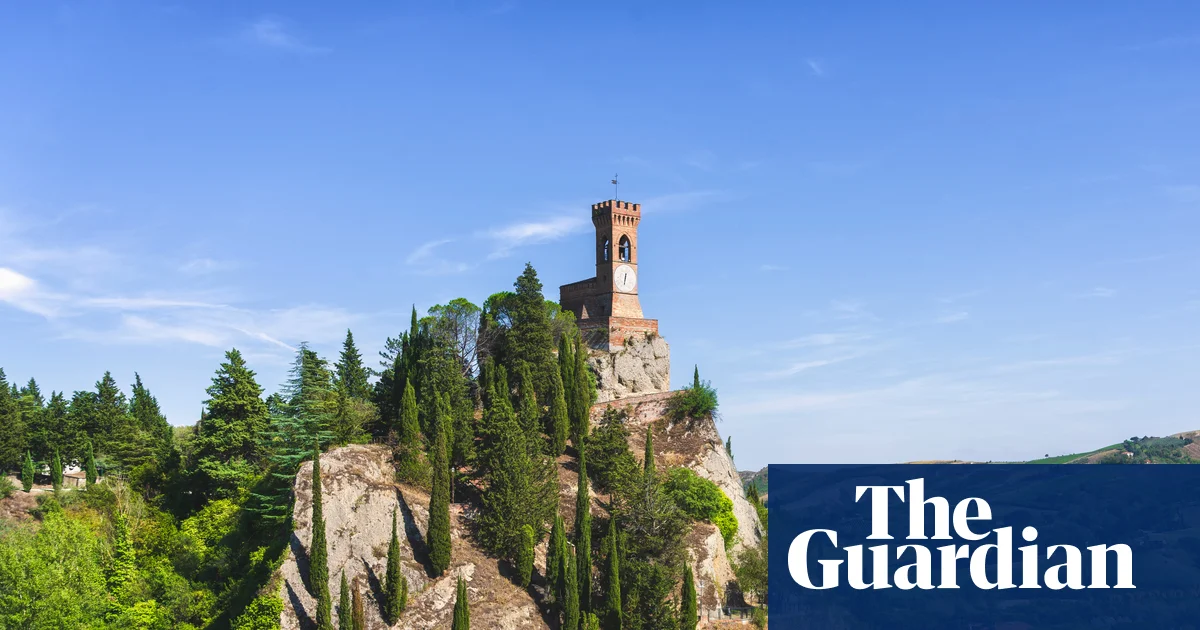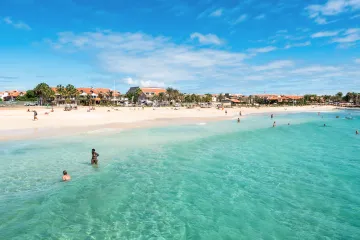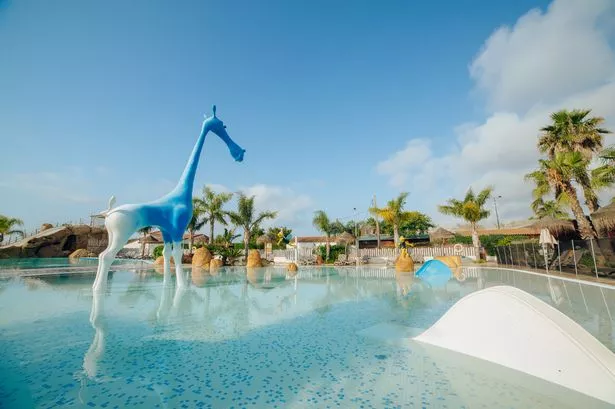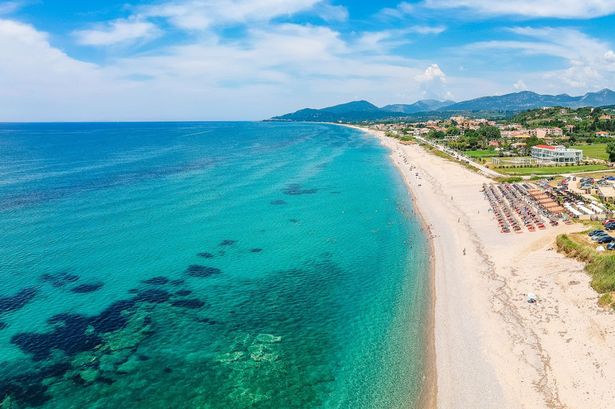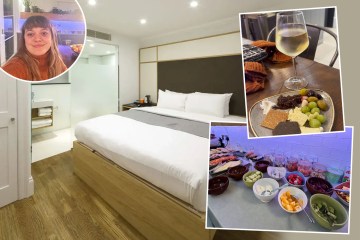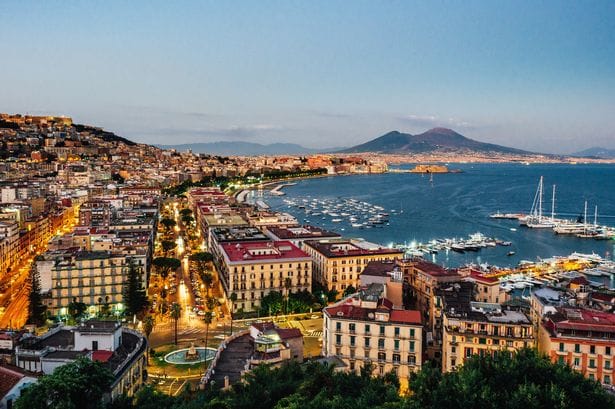The city that is steeped in history and culture, and is often regarded as one of the best in the world – but did you know it is also home to its fair share of ‘spiritual’ powers?
Edinburgh. A city drenched in heritage and tradition, considered by countless visitors as amongst the globe’s finest – but were you aware it harbours its fair share of ‘spirutual’ forces?
Seasoned traveller Jason Cranwell discovered this firsthand, expanding his consciousness, and his palate, to the opulent Scottish destination.
He said: “Whisky drinking is a pastime I have always been happy to leave to other people. In truth, it was to avoid the risk of it leading to a more fulfilling existence than my overdraft can handle.”
During his two-day adventure, Jason explored the Johnnie Walker Experience on Princess Street.
Despite being a self-proclaimed ‘Peroni guy’, this revelatory encounter demanded he expand his boundaries and taste some throat-burning scotch.
Jason revealed: “After answering some questions about my palate, I was soon tentatively sipping my first tailored whisky sample. Decent.
“Then the second. OK, this is not unpleasant, and then the third, a celestial cocktail creation whose recipe is now committed to memory in perpetuity like a school assembly hymn.”
It became immediately obvious precisely why the venue commanded a colossal £150million price tag the moment Eleanor began guiding everyone through what Jason characterised as “immersive rooms”.
Within was a labyrinth of polished, 360-degree wall displays, hand movement detection and striking LED installations. The chief storyteller was Evie who was a “genius” when it came to narrating the whole experience.
“Close your eyes and you could be listening to a Wikipedia biog entry,” Jason remarked, “Open them and you find yourself captivated by this Whisky Wonka.”
Next on the agenda was a trip to The Real Mary King’s Close, a subterranean maze of 17th century homes off the Royal Mile that remains remarkably intact. Makenzi took on the role of tour guide for this excursion, embodying an ancient servant for an hour-long expedition through history, covering plagues and air raid shelters.
Beyond the theatrical pursuits, Edinburgh offers outstanding dining and drinking venues. Jason and his group, seeking a swift change of tempo, chose to pop into Valvona and Crolla, a classic Italian delicatessen on an artisan strip near Leith Walk.
Founded in 1934 by Alfonso Crolla and currently operated by his great-granddaughter Olivia, what first seems like a charming narrow family establishment extends into multiple sections filled with delights around every corner.
From the delectable cheese display to the extensive collection of personally-selected wine bottles with bespoke labels chosen by the staff, and upstairs sat a restaurant hosting the most diverse mix of diners. “With the possibility of delicious antipasti, panatella and pasta paired with a highly recommended wine-tasting session hosted by the in-house sommelier for £38, who says you can’t put a price on authenticity?” Jason asked.
Venturing further down Leith Walk, you’ll find the trendier parts of town. The seafood restaurant Plaice, located at the hip venue ASKR on Constitution Street, is a pop-up eatery adorned with spray-painted decor and a menu focused on healthy options.
Jason shared his culinary experience: “I had a starter plate of scrumptious peri-peri tiger prawns that I scooped out onto my oyster-buttered warm sourdough bread, inadvertently creating the bougiest sandwich ever. My main course of bluefin tuna, caught in British waters but served up Japanese-style and bathed in sesame oil, topped it all off.”
For the trip, he stayed at Moxy Edinburgh Fountainbridge, conveniently located just a 15-minute walk from Haymarket train station. The hotel’s pièce de résistance is the Lochrin Rooftop Bar on the sixth floor, which was crowned Hotel Bar of the Year at the esteemed 2024 Scottish Bar and Pub Awards.
According to TimeOut, Edinburgh ranks among the top 53 cities worldwide for living. One of its key attractions is an innovative food and drink scene, described as featuring an “ever-evolving selection of forward-thinking bars and eateries”.
In 2023, TimeOut also listed Edinburgh among the 53 best cities globally to reside in, praising its dynamic array of bars and restaurants.
Earlier in 2024, Edinburgh was hailed as one of the “best places for an autumn city break” by The Times, the only UK location to earn this accolade. They penned: “Edinburgh’s snug restaurants, historic hotels and warming whiskies only get better in the cooler months. “Hike around this sloping city of quirky alleys, a waterfront port and towering castle walls in jumper-and-jeans weather, allowing time to reach its blustery natural viewpoint, Arthur’s Seat.
“In conclusion, Jason simply ended with the words: “Oh, Edinburgh, I think I’m smitten.”











